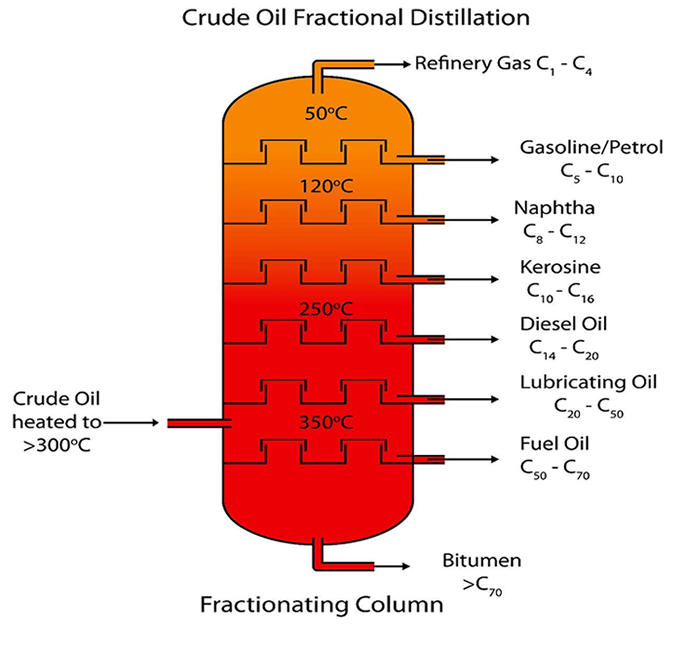(1) Physical purification method
This method mainly includes sedimentation, filtration, centrifugation and water washing. In the specific regeneration treatment, one or several types of unit operations may be selected as the purification treatment of the waste oil according to the degree of deterioration of the waste oil, equipment conditions, and the like. This method is strictly not in the scope of waste oil regeneration treatment, mainly to purify oil, remove oil contaminants, and also be used as pretreatment before waste oil regeneration treatment.
(2) Physical-chemical methods
This method mainly includes unit operations such as coagulation and adsorption. The waste lubricating oil is separated from the oil by flocculation to cause the oxidation product in the oil to form flocculated aggregates. This process of replacing concentrated sulfuric acid with a small amount of flocculating agent is called a flocculation process. This is a non-polluting process that appears in the reform of waste lubricating oil regeneration treatment process, avoiding the various disadvantages of using the sulfuric acid-white earth method, completely eradicating the environmental pollution of sulfuric acid, and better removing the oxidation products in the oil.
The function of the adsorbent is to adsorb the asphalt, the gelatinous substance, the acidic compound, the ester and the like in the waste oil on the surface of the adsorbent, and filter the adsorbent together with the substance adsorbed on the surface thereof from the oil. Remove. During the adsorption process, usually the adsorbate passes through the boundary film of the pore surface, and the diffusion process through the pores of the pores and the inner surface of the entire pore is dominant. In this process, adsorption occurs due to the action of the intermolecular van der Waals force, thereby adsorbing the pigments and impurities in the oil and fat, thereby achieving the purpose of decolorization and impurity removal.
(3), Chemical methods
This method mainly includes sulfuric acid treatment, sulfuric acid-white clay treatment and sulfuric acid-alkali-white clay treatment. Although the effect of regenerating waste oil by sulfuric acid is better, the obvious disadvantage of this process is that it produces relatively serious secondary pollution, such as generating a large amount of acid gas sulfur dioxide and a large amount of difficult-to-handle acid slag, acid water and white earth slag. Etc. Harm the operator’s health, corrode equipment, and pollute the environment. When the waste oil is regenerated by the sulfuric acid-soil process, it contains 3,4-benzopyrene in the discharged acid residue, which is recognized as one of the most carcinogenic polycyclic aromatic hydrocarbons in the world. Therefore, some countries with more advanced technologies have basically not used or rarely used sulfuric acid to regenerate waste oil, but adopted a more advanced regeneration process with less acid or acid.

